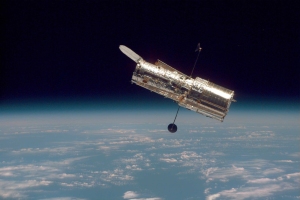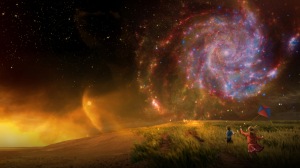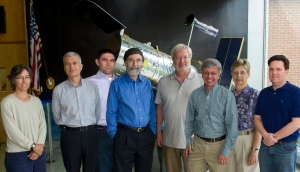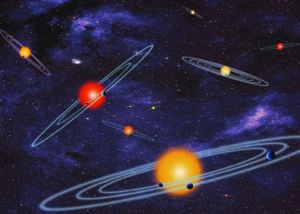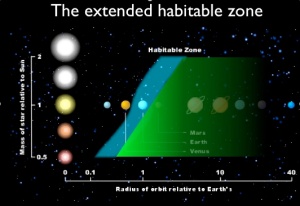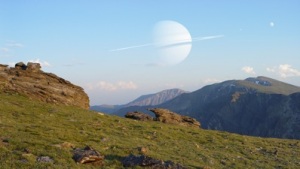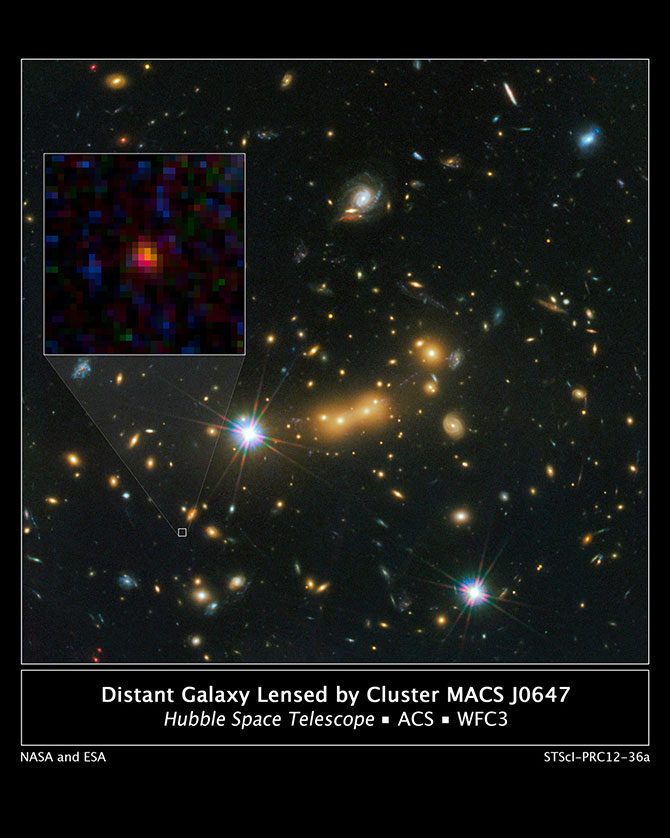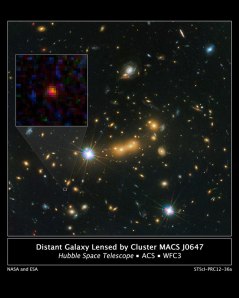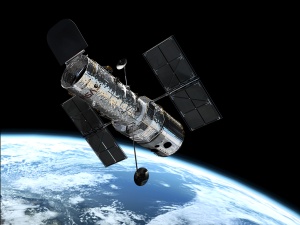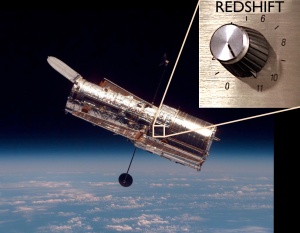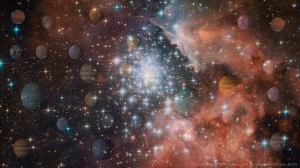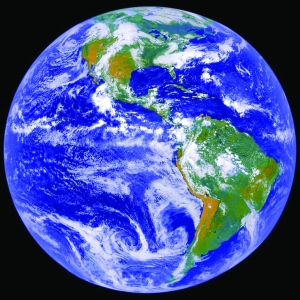Astronomers using NASA’s Spitzer and Hubble space telescopes discovered similar superstar binaries in four nearby galaxies
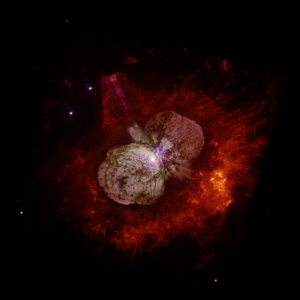
Credits: NASA, ESA, and the Hubble SM4 ERO Team
Space news (February 15, 2016) – 7,500 light-years away in the southern constellation of Carina –
Astronomers combing through data provided by the Hubble and Spitzer space telescopes looking for superstar binaries like Eta Carinae think they have finally found a few additional instances in nearby galaxies.

Observations by the newly repaired Space Telescope Imaging Spectrograph (STIS) aboard NASA’s Hubble Space Telescope reveal some of the chemical elements that were ejected in the eruption seen in the middle of the 19th century.
Image credit: NASA/ESA
“We knew others were out there,” said co-investigator Krzysztof Stanek, a professor of astronomy at Ohio State University in Columbus. “It was really a matter of figuring out what to look for and of being persistent.“
Astrophysicists had previously conducted a survey of data on seven galaxies provided by the pair of space telescopes between 2012-2014. During this extensive study of the data, scientists found no superstar binaries similar to Eta Carinae. They determined they needed to devise a more sensitive way to identify possible candidates.
Astronomers devised an optical and infrared fingerprint to detect and identify these five superstar binaries similar to Eta Carinae. “With Spitzer we see a steady increase in brightness starting at around 3 microns and peaking between 8 and 24 microns,” explained Khan. “By comparing this emission to the dimming we see in Hubble’s optical images, we could determine how much dust was present and compare it to the amount we see around Eta Carinae.“
During the follow-up survey conducted in 2015, astronomers discovered data indicating the existence of five superstar binaries similar to Eta Carinae in four nearby galaxies.
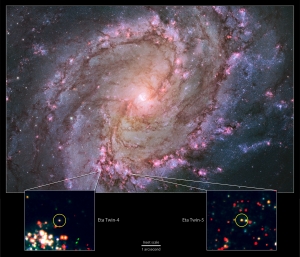
Credits: NASA, ESA, the Hubble Heritage Team (STScI/AURA) and R. Khan (GSFC and ORAU)
In nearby galaxy M83, just 15 million light-years away, astronomers discovered two superstar binaries similar to Eta Carinae. They also found one superstar binary each in NGC 6946, M101 and M51, located between 18-26 million light-years away.

Credits: NASA, ESA, and R. Khan (GSFC and ORAU)
An additional study indicates each of these five candidates has the same optical and infrared fingerprint as Eta Carinae. Astronomers think within each a high mass star is buried in five to ten solar masses of gas and dust, like Eta Carinae.
More study’s needed
They plan additional study of these five candidate superstar binaries similar to Eta Carinae, to determine if they’re indeed what they were looking for. The launch of the James Webb Space Telescope, late in 2018, will enable additional and better study of these five possible superstar binaries.
The James Webb Telescope’s Mid-infrared instrument (MIRI) has ten times the angular resolution of the Spitzer Space Telescope. It’s also most sensitive to the wavelengths needed to detect superstar binaries at their brightest.
“Combined with Webb’s larger primary mirror, MIRI will enable astronomers to better study these rare stellar laboratories and to find additional sources in this fascinating phase of stellar evolution,” said Sonneborn, NASA’s project scientist for Webb telescope operations. “It will take Webb observations to confirm the Eta twins as true relatives of Eta Carinae.“
Take the journey of the Spitzer Space Telescope here.
Discover the Hubble Space Telescope here.
Learn more about NASA here.
Discover Eta Carinae here.
Read about astronomers witnessing the first moments of a rare, newborn supernovae.
Learn more about US congress recognizing the right of US citizens to own asteroid resources.
Are you one of the millions of earthlings thinking about moving to Mars in the near future.




